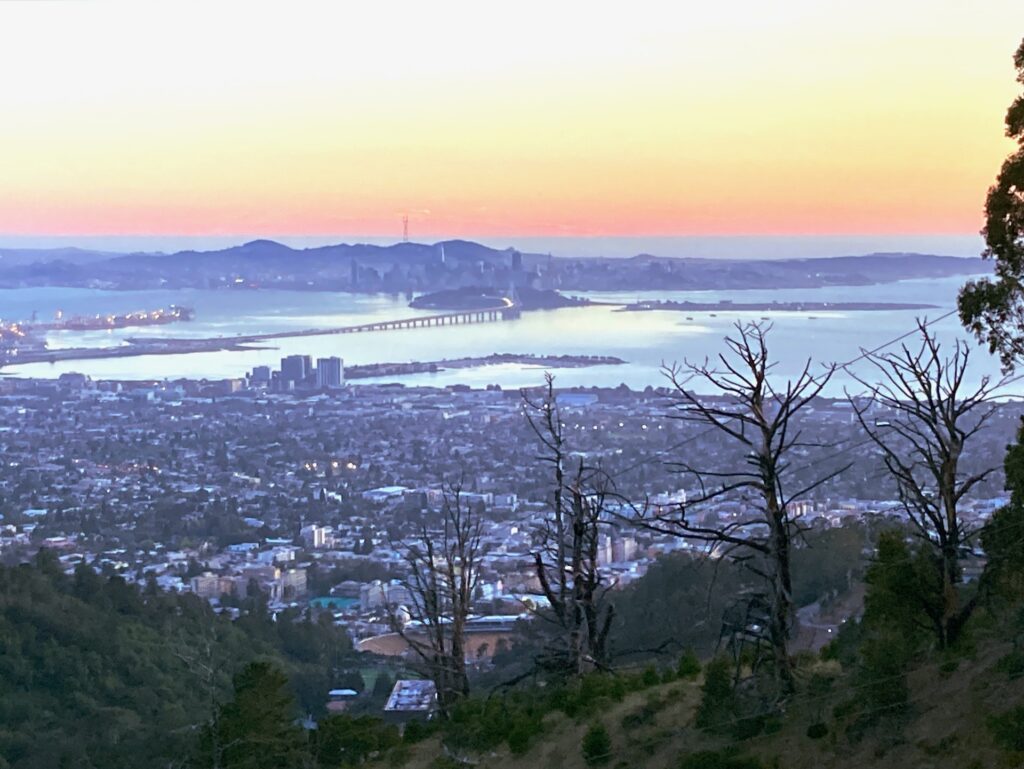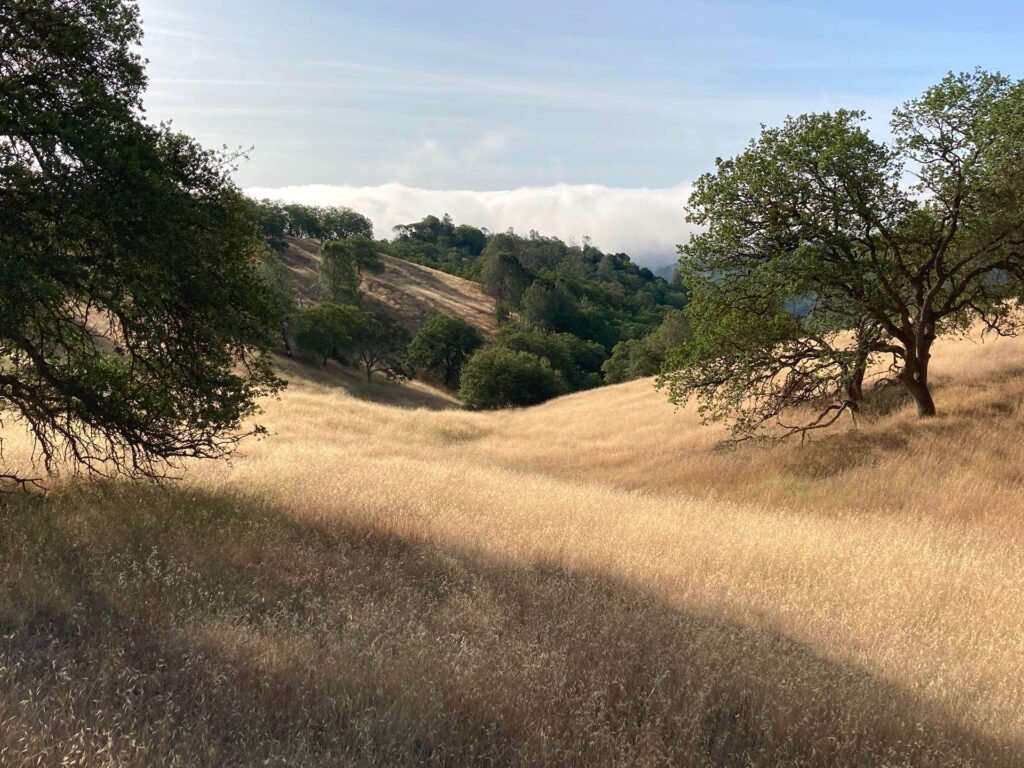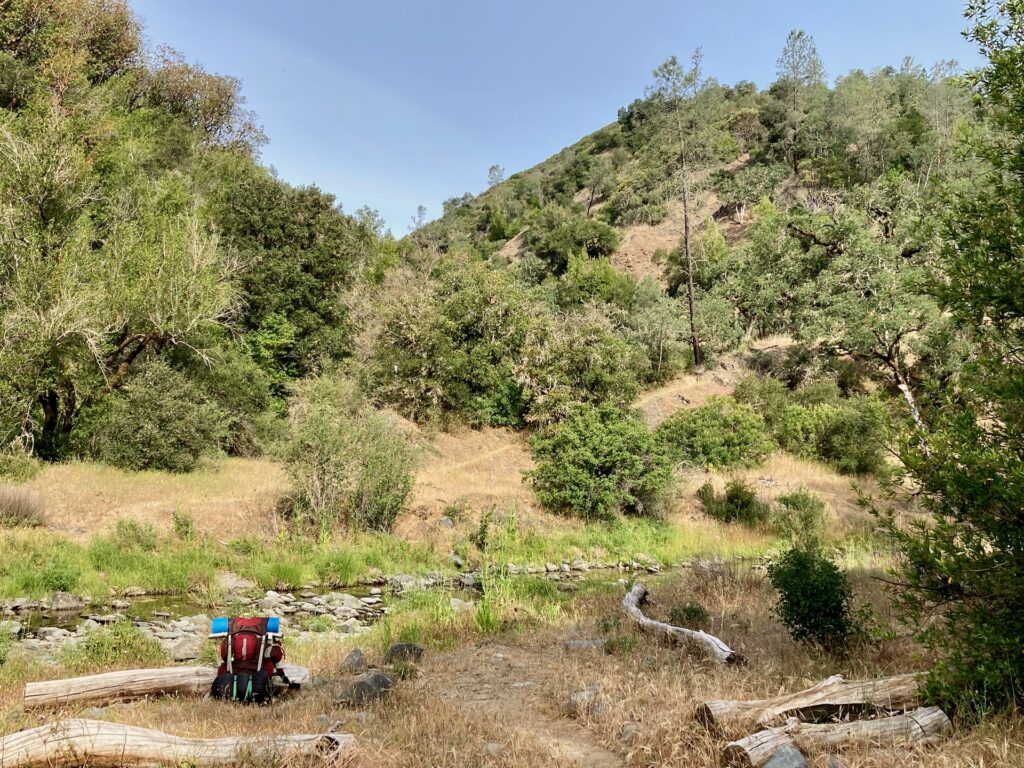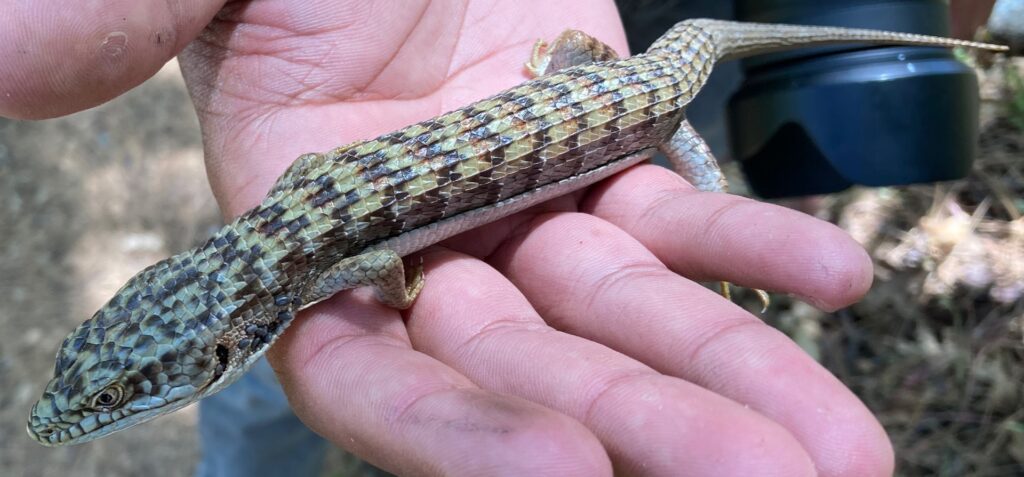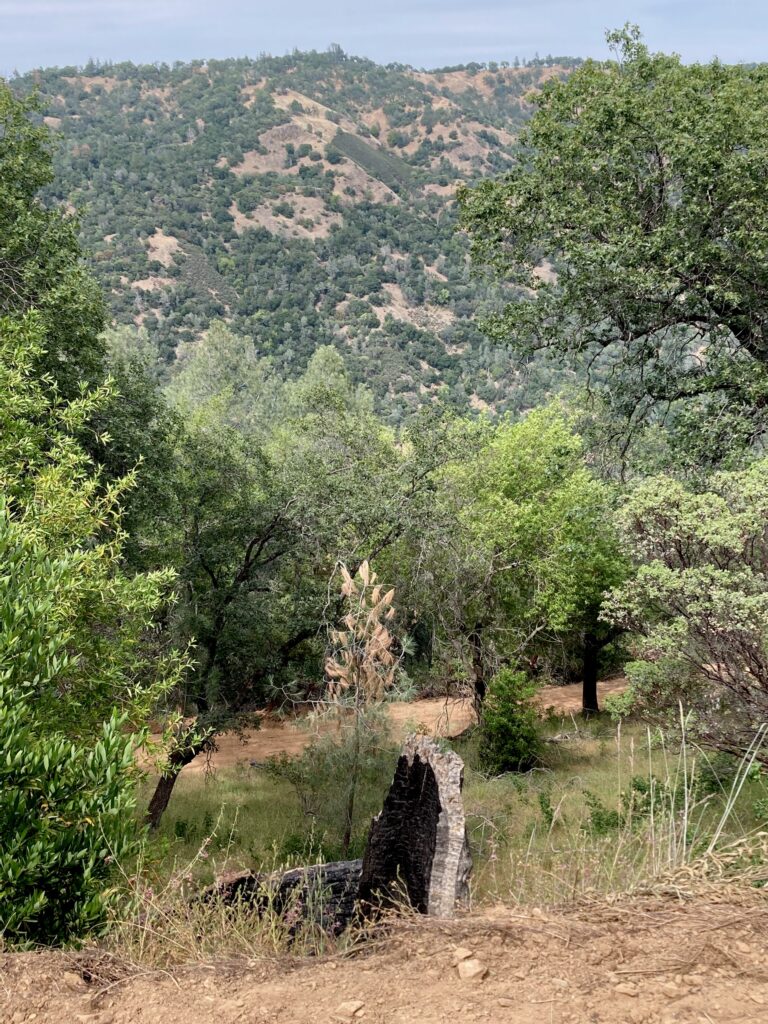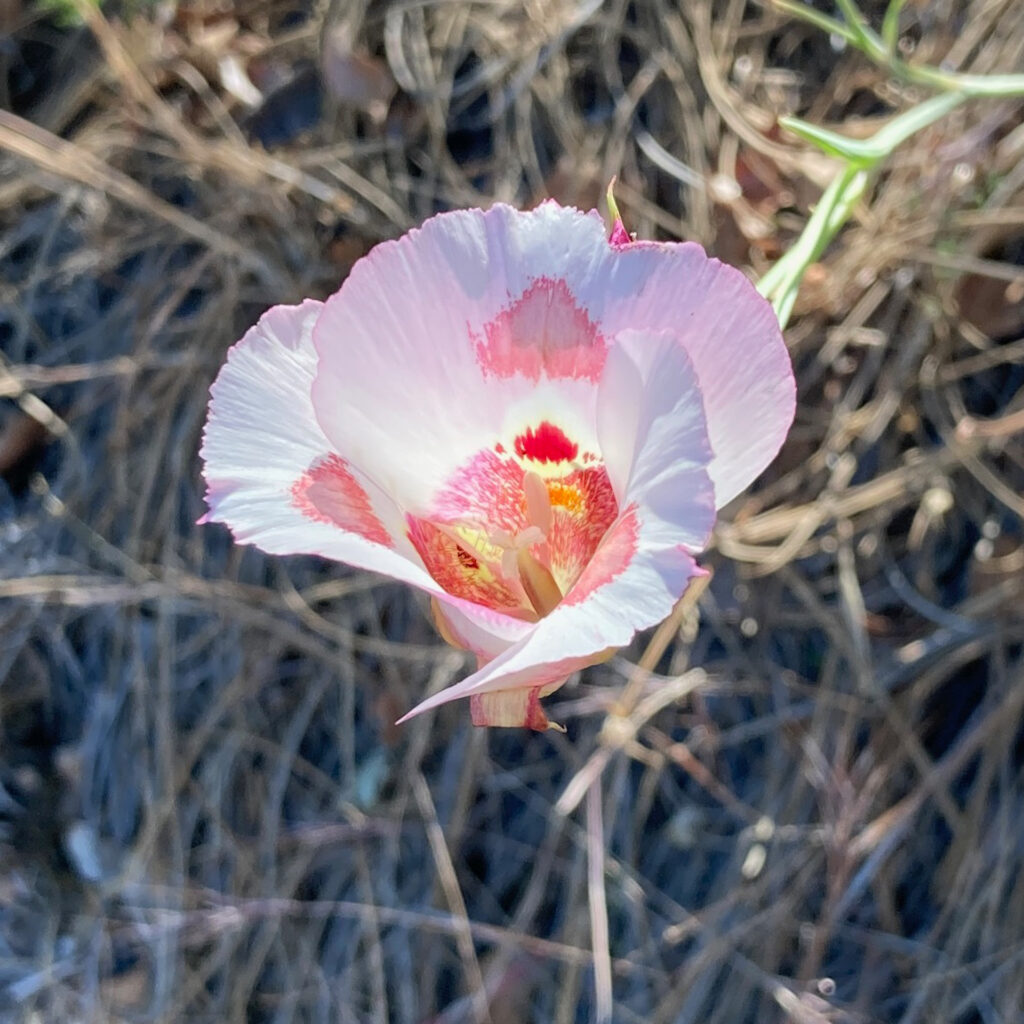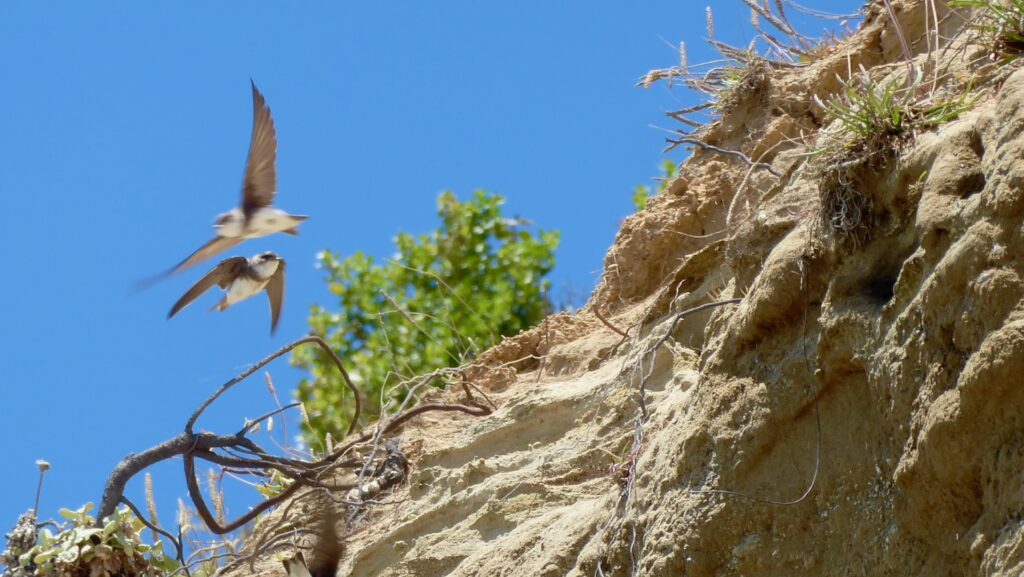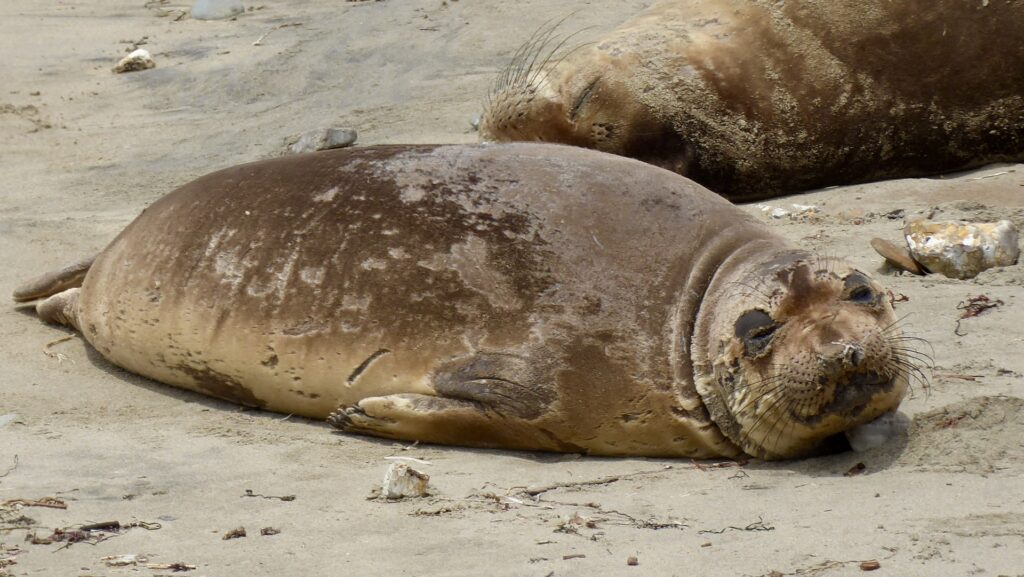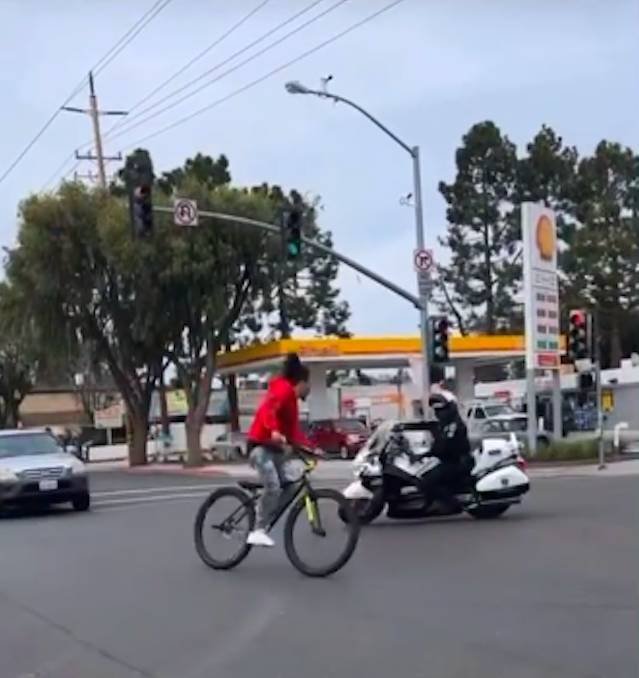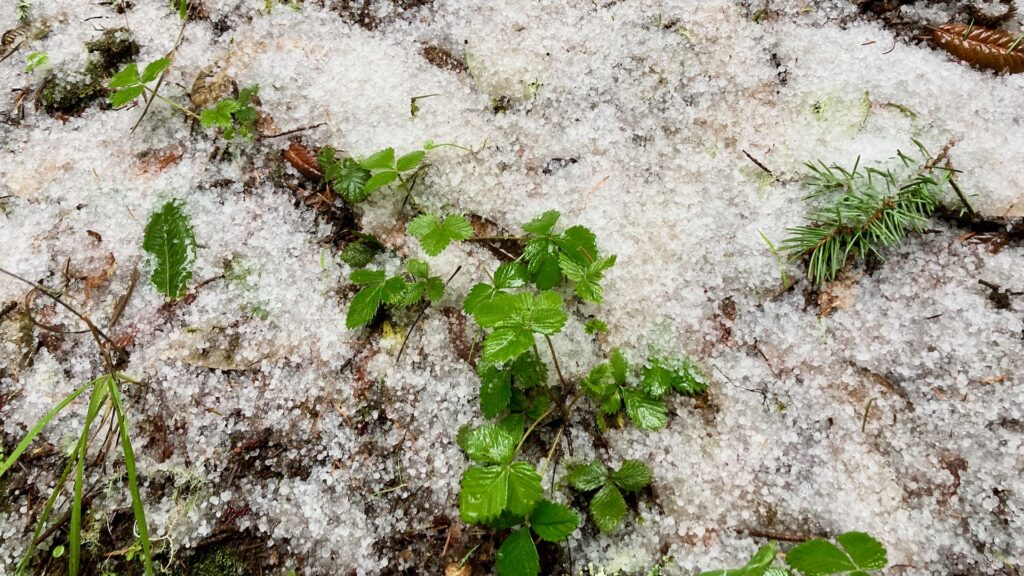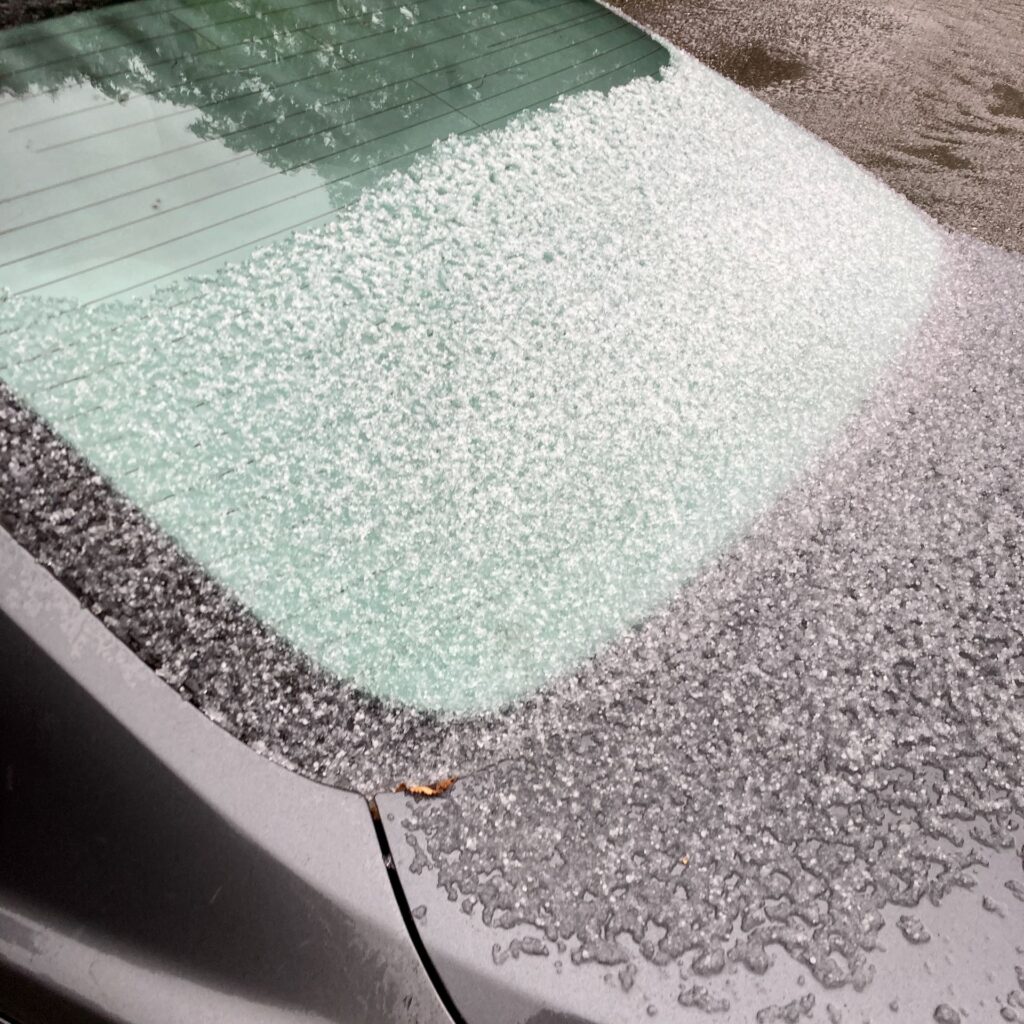We’re getting ready to move to Massachusetts, some 3,150 miles away (give or take a couple of hundred miles).
Right now, we’re packing all our belongings into four moving containers that are approximately 8 feet deep, 5 feet wide, and 7 feet high, or 1120 cubic feet. When we moved to California in 2009, we fit everything into a moving container that was 8 feet by 8 feet by 12 feet, or 768 cubic feet. Somehow in the last 13 years we’ve accumulated another 352 cubic feet of belongings. We would be poster children for consumer capitalism, except that many of our belongings have been scrounged or otherwise obtained outside of consumer capitalism.
We’re using a lot of cardboard boxes to pack up all these belongings. I find myself astonished at the number of cardboard boxes we’re packing up, and schlepping out to the moving containers, and then stacking up. After a week of this, my muscles feel a little sore. I don’t like owning all this stuff. But I have enjoyed spending this past week not sitting at a desk, or logging onto videoconference meetings, but instead engaging in constant physical activity. I’ve lost an inch around my waist, and I feel fit and strong.
We’ve also been giving lots of stuff away. Carol is part of the local Buy Nothing group, and they’ve taken some of the stuff we don’t want to move. One woman just came up and mostly filled the back of her small SUV with things she wanted to take away, including a Tree Mallow (Lavatera sp.) we had growing in a galvanized metal washtub. Another of Carol’s friends is coming up this afternoon to take away an eight foot high potted bamboo plant. Carol has also sold some clothes on Poshmark, and we’ve taken other things to Goodwill. There is a thriving network of exchange that exists partly within the dominant capitalist economy (Poshmark, Goodwill), and partly as a non-capitalist parallel economy (the Buy Nothing Project).
Time to get back to working, putting cardboard boxes into moving containers. Watch this space for further updates….


